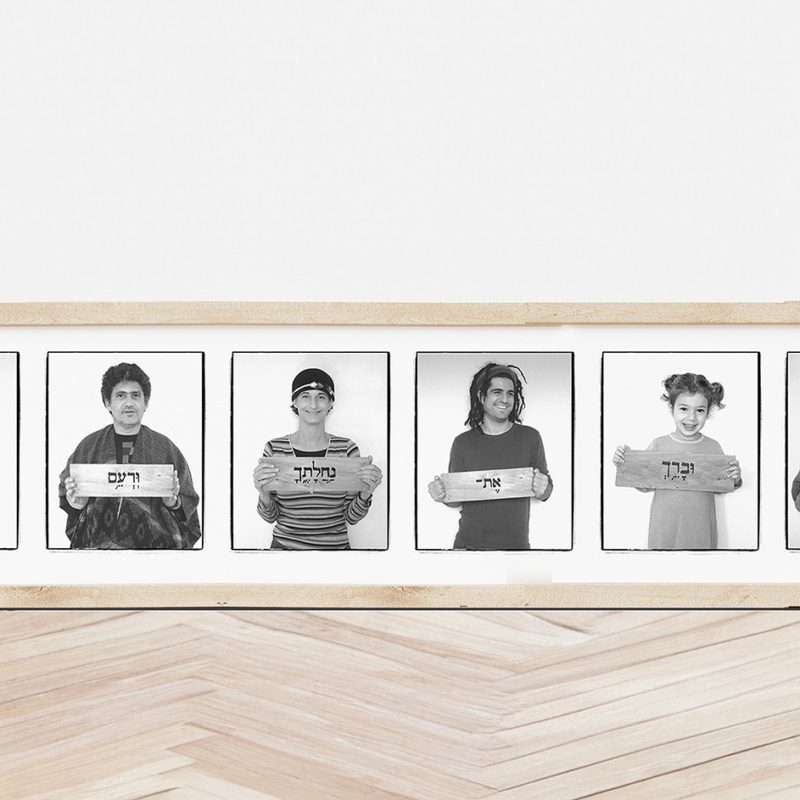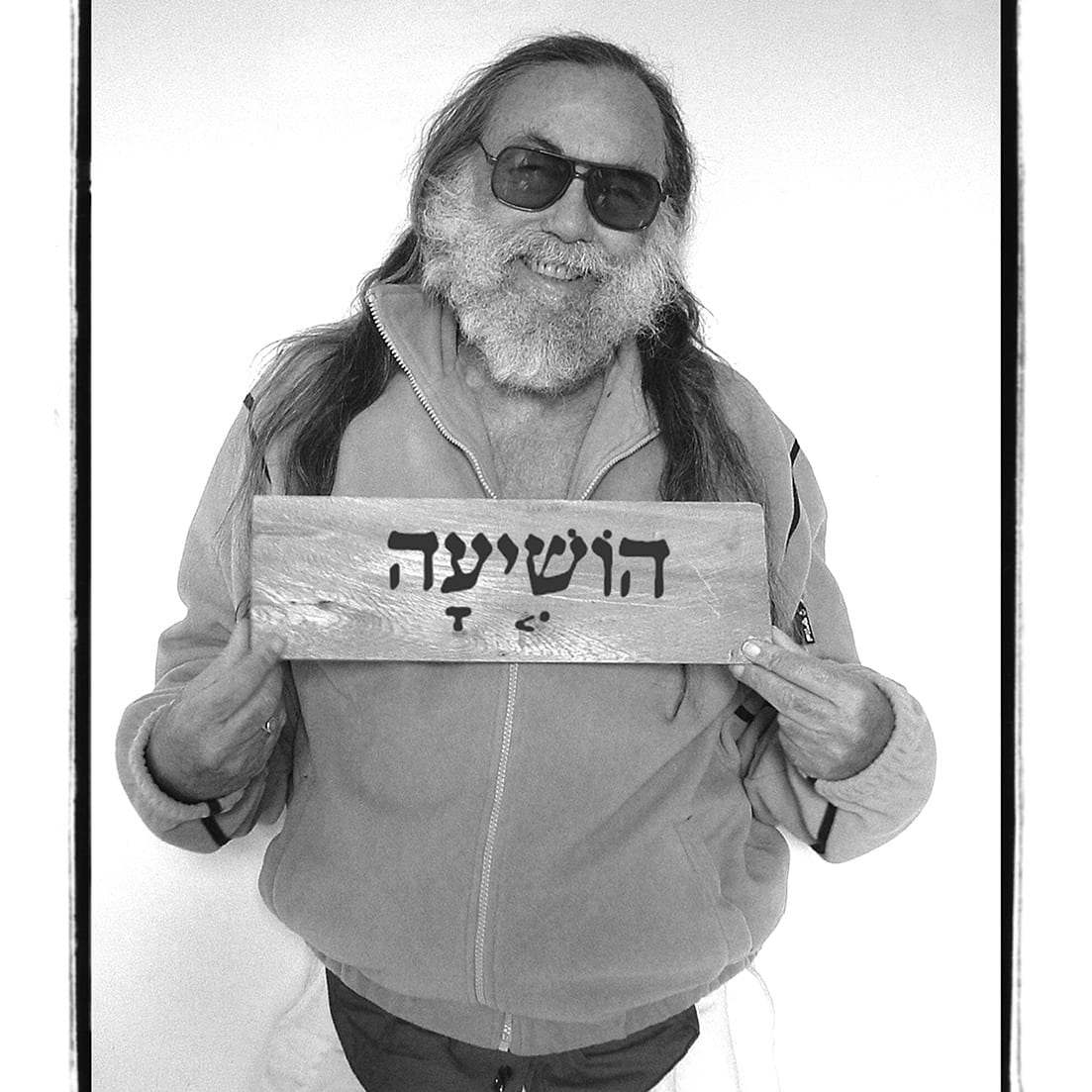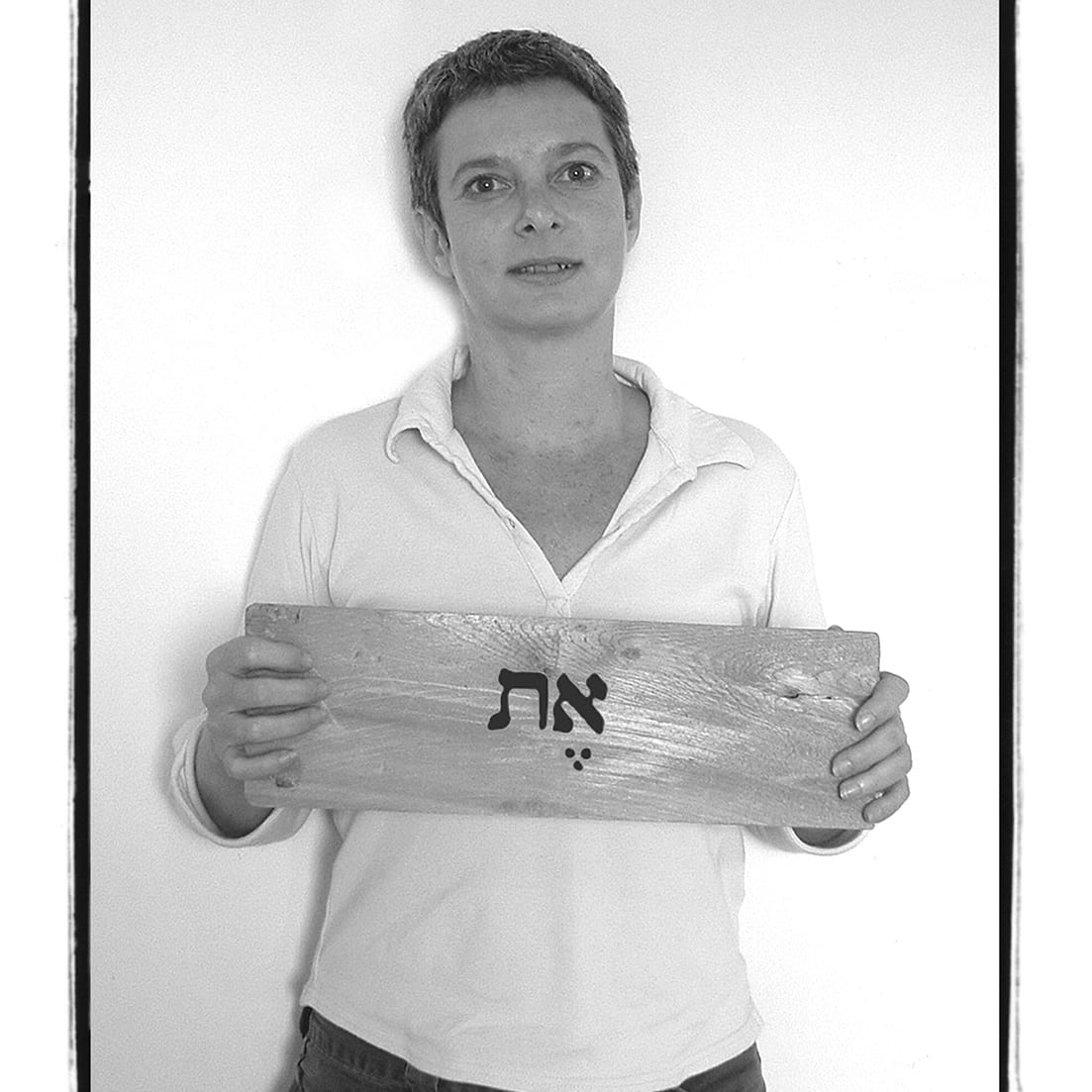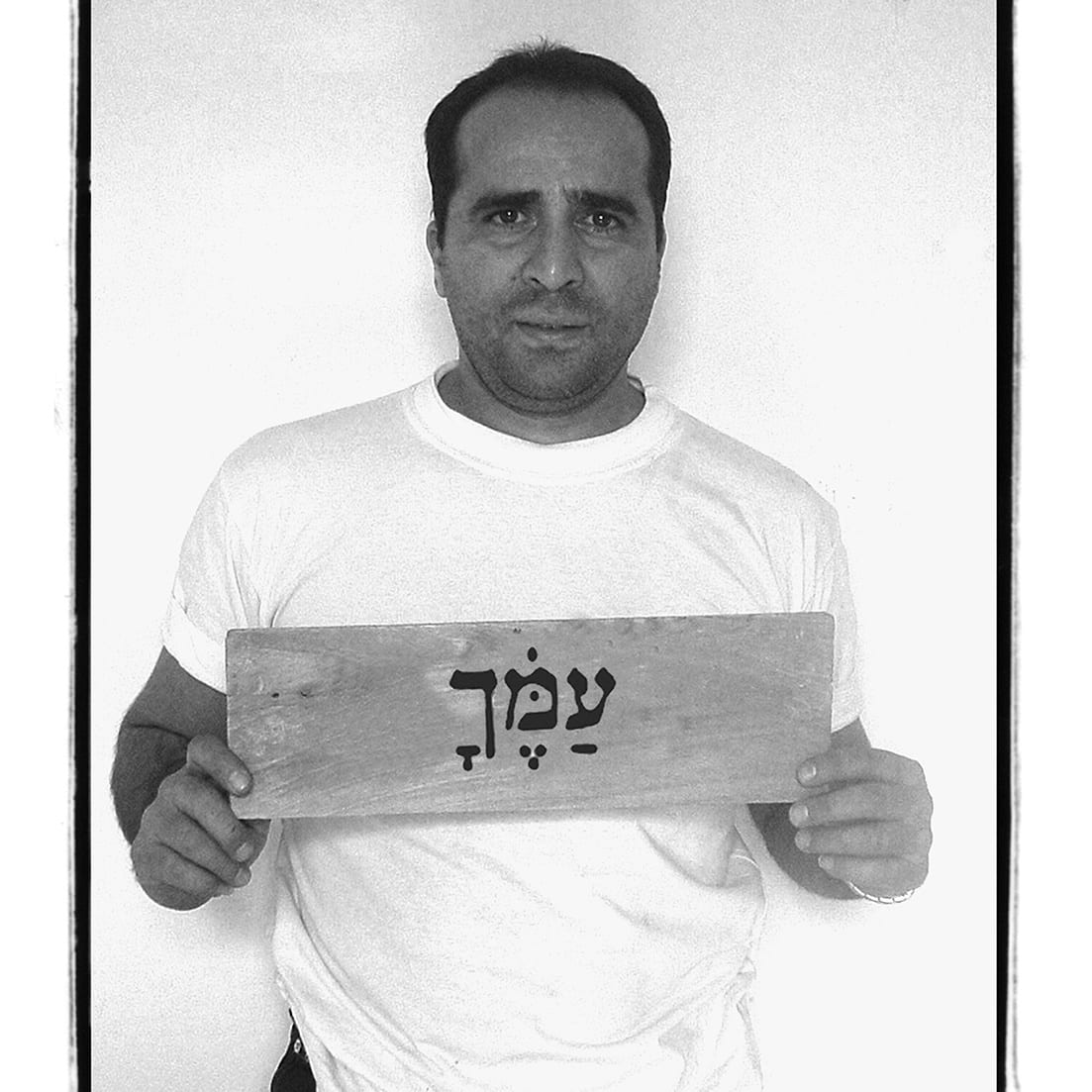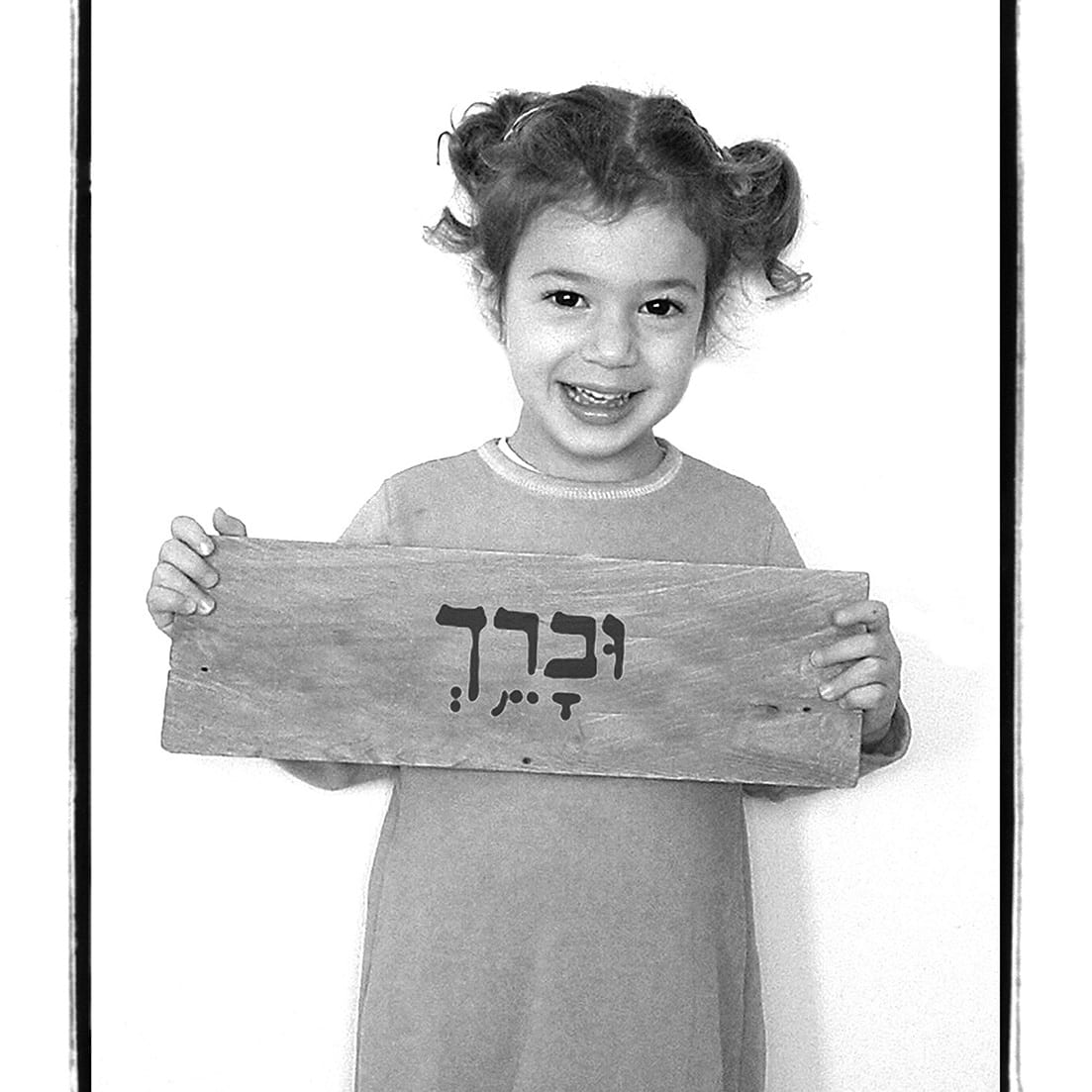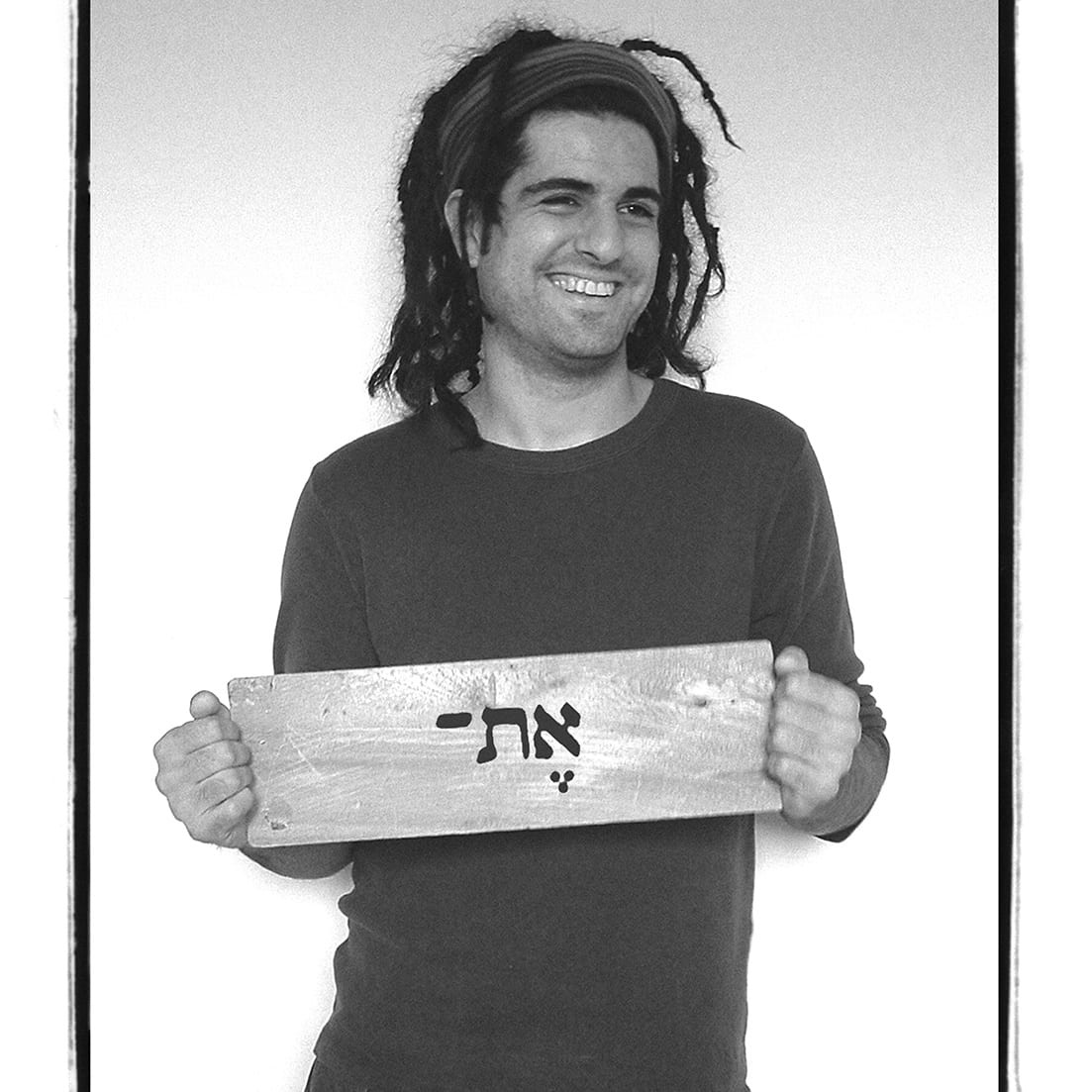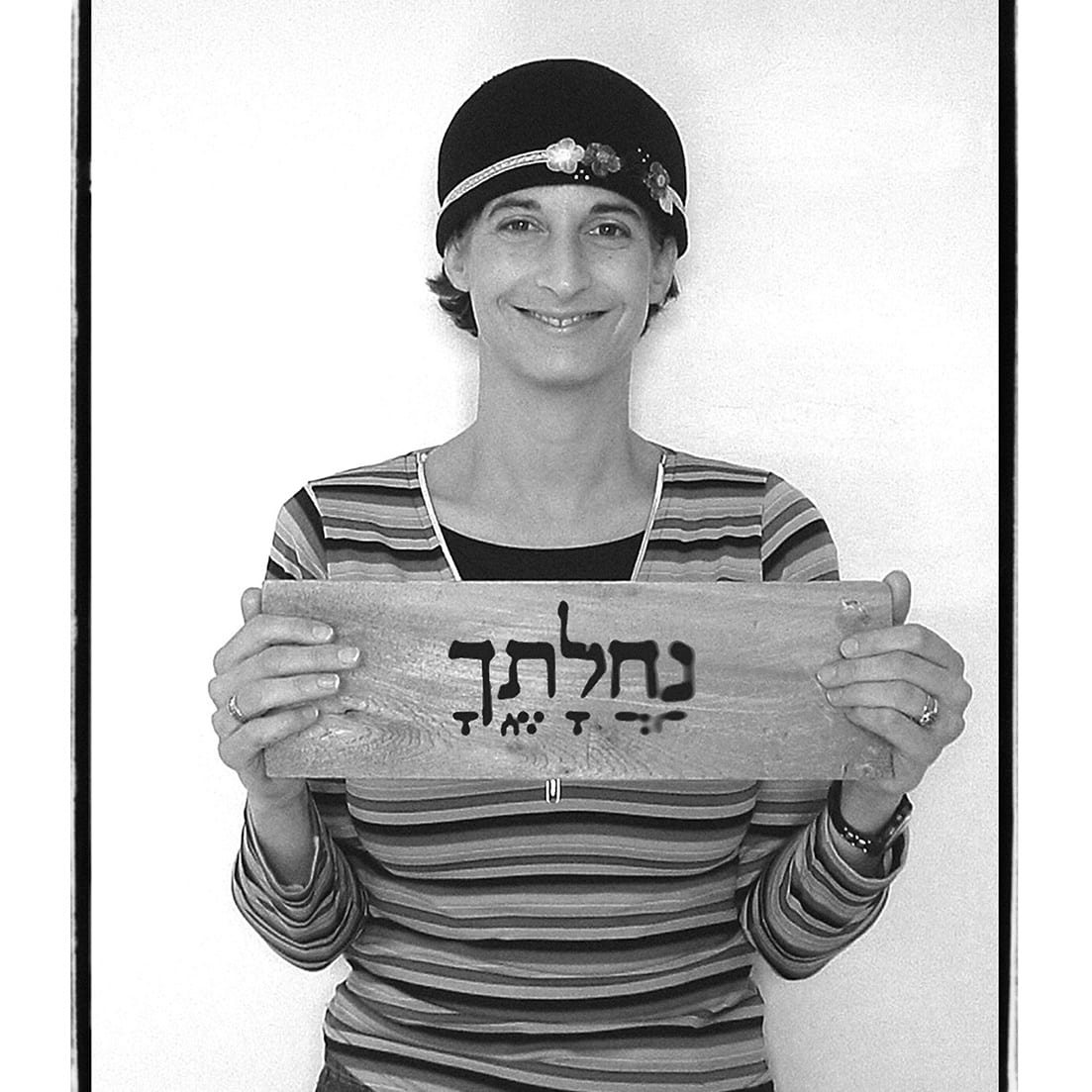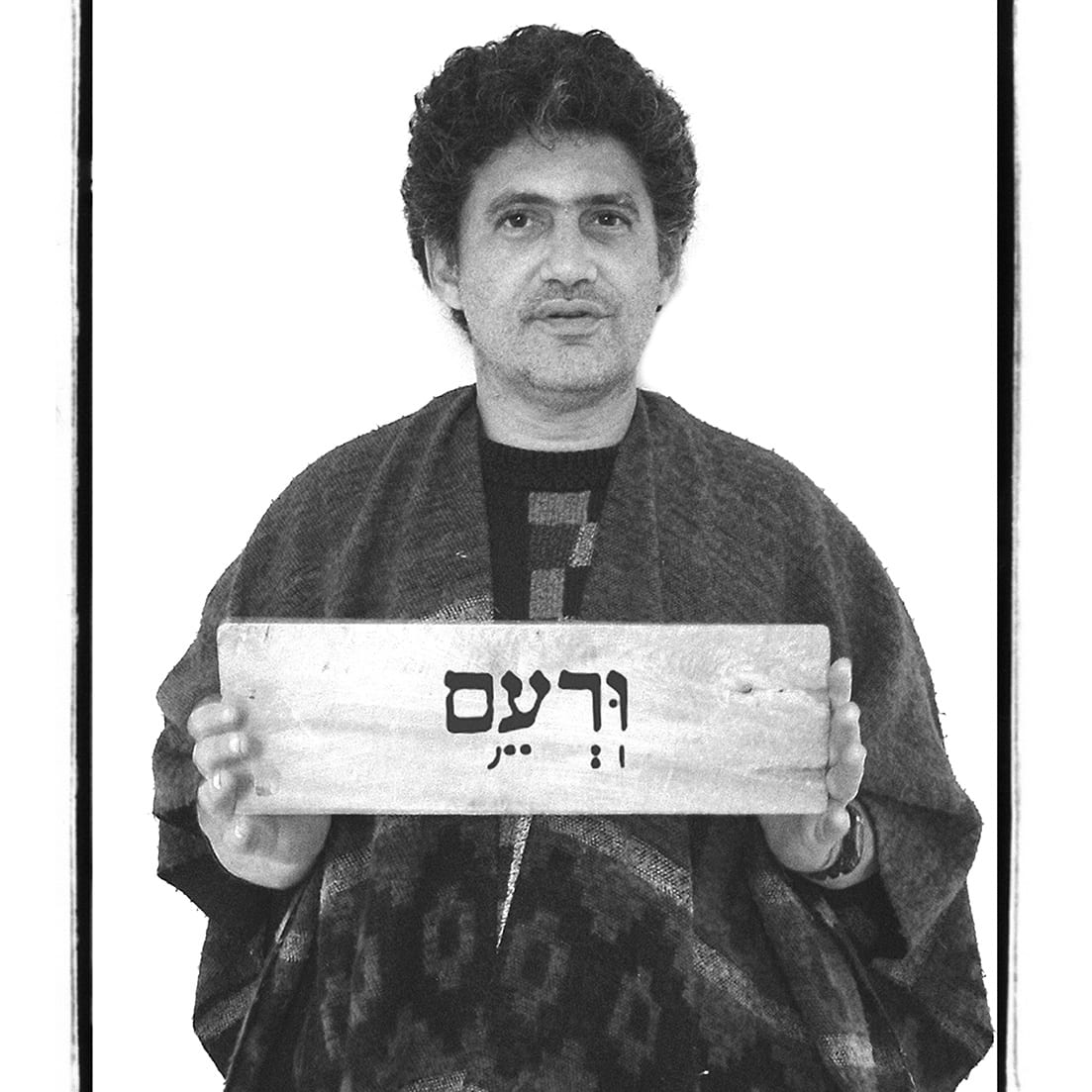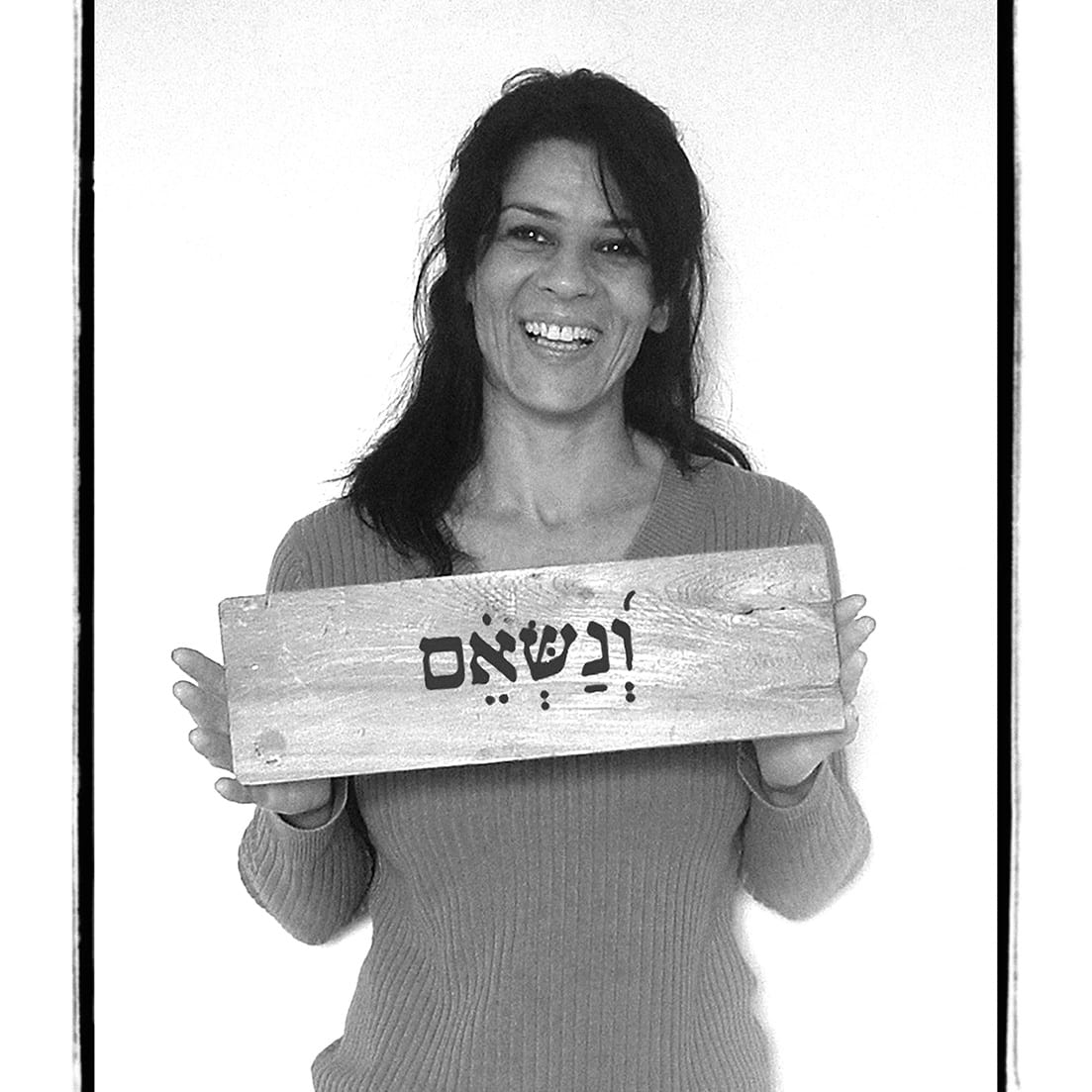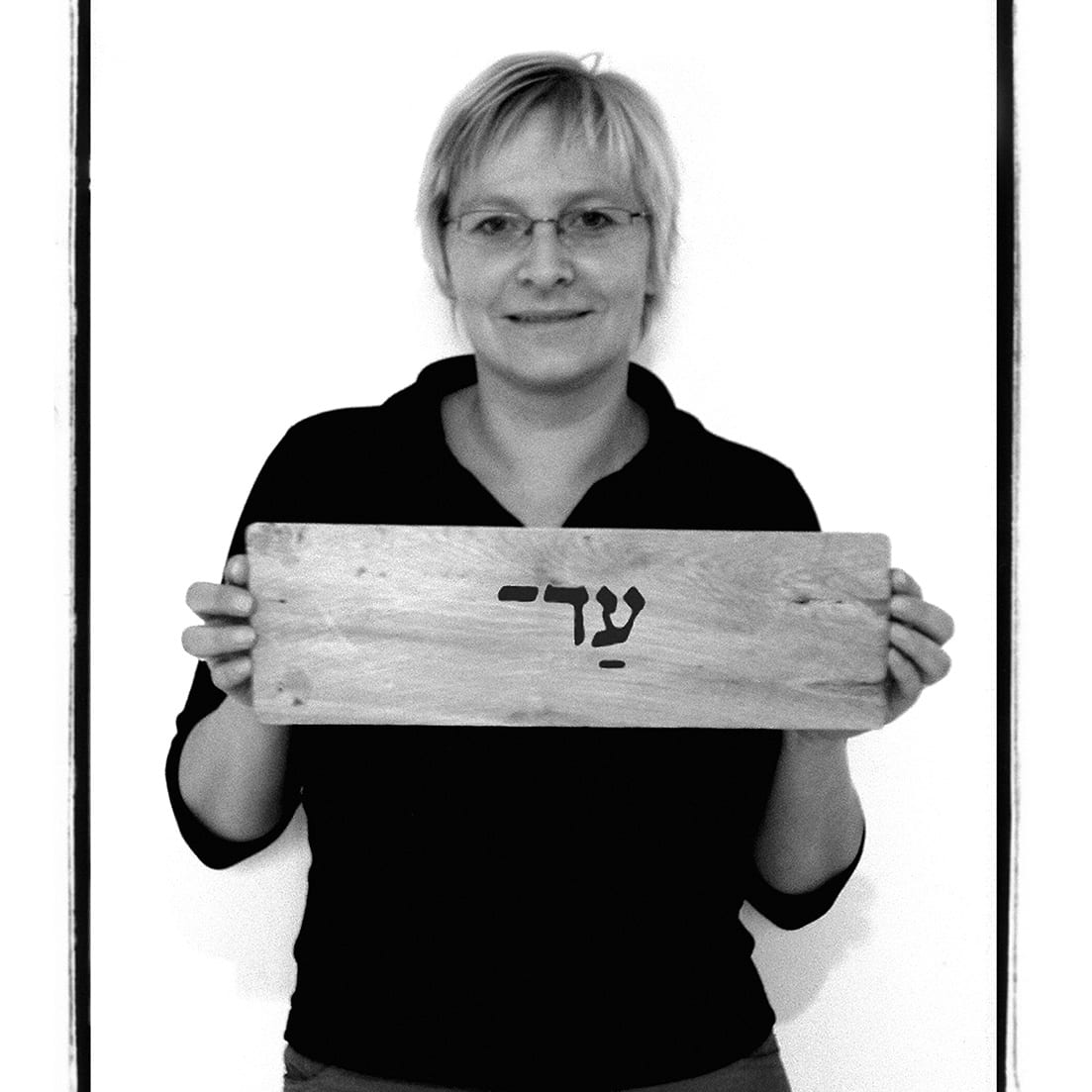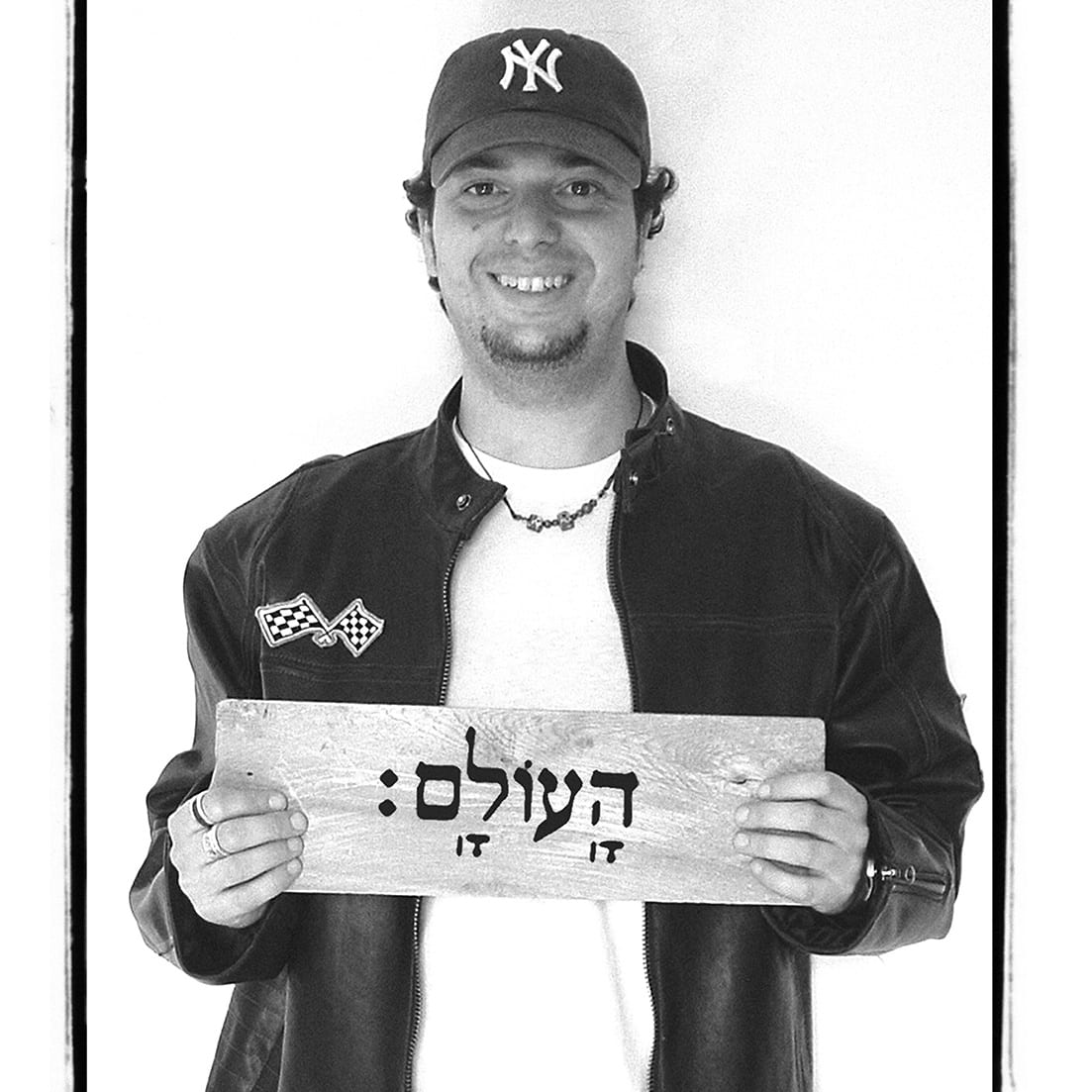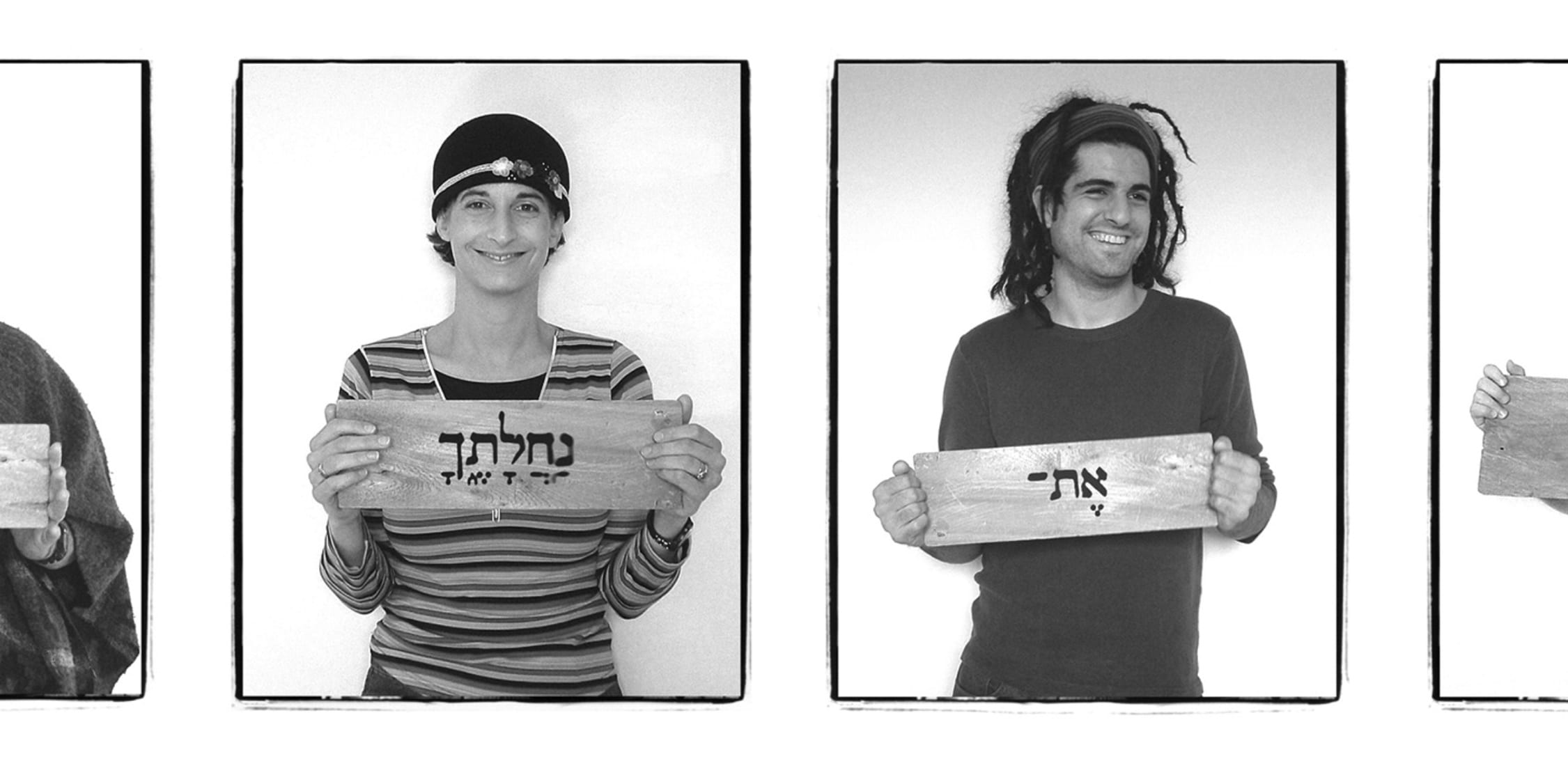Do We Have a Minyan?
Dov Abramson, Do We Have a Minyan?, 2008
Ein Harod Museum Collection
In the late afternoon, the synagogue’s gabbai (sexton) steals a glance at his watch, and then nervously checks the sky to confirm the late hour. If a tenth man does not arrive soon, the quorum will not be reached, and the congregants will each be forced to pray on their own – dampening the joy of communal devotion.Tradition forbids the counting of Jews – King David taught it invites the Evil Eye. So instead, when the next man finally arrives, the gabbai uses a mnemonic to be certain that the quorum is accounted for. As he quickly mumbles to himself the ten words הושיעה את עמך וברך את נחלתך ורעם ונשאם עד העולם, his glance shuffles across each of the ten men.
“Save Your People, and bless Your heritage, tend them and elevate them forever.” (Psalms, 28:9).As confirmed by the completion of the ten words in the Hebrew sentence, they indeed have a minyan – a quorum — literally translated, “an enumeration.”
Do We Have a Minyan?, its title drawn from the classic quandary uttered by generations of sextons and second-guessing congregants, examines the unique communal experience of the hastily assembled congregation, and the tensions it beholds. With the anticipated arrival of a tenth member, an assortment of individuals is suddenly transformed to a single, qualified body. Yet the inclusivity of the body, and the Hebrew phrase which enumerated it, is confronted by a traditional exclusion of “non-eligible” members of the community: women, the underage, the apostates.
In this piece, the question “Do We Have a Minyan?”– historically asked by the community of the gabbai — is reflected back, becoming instead a challenge of the community itself.

Shop Items
